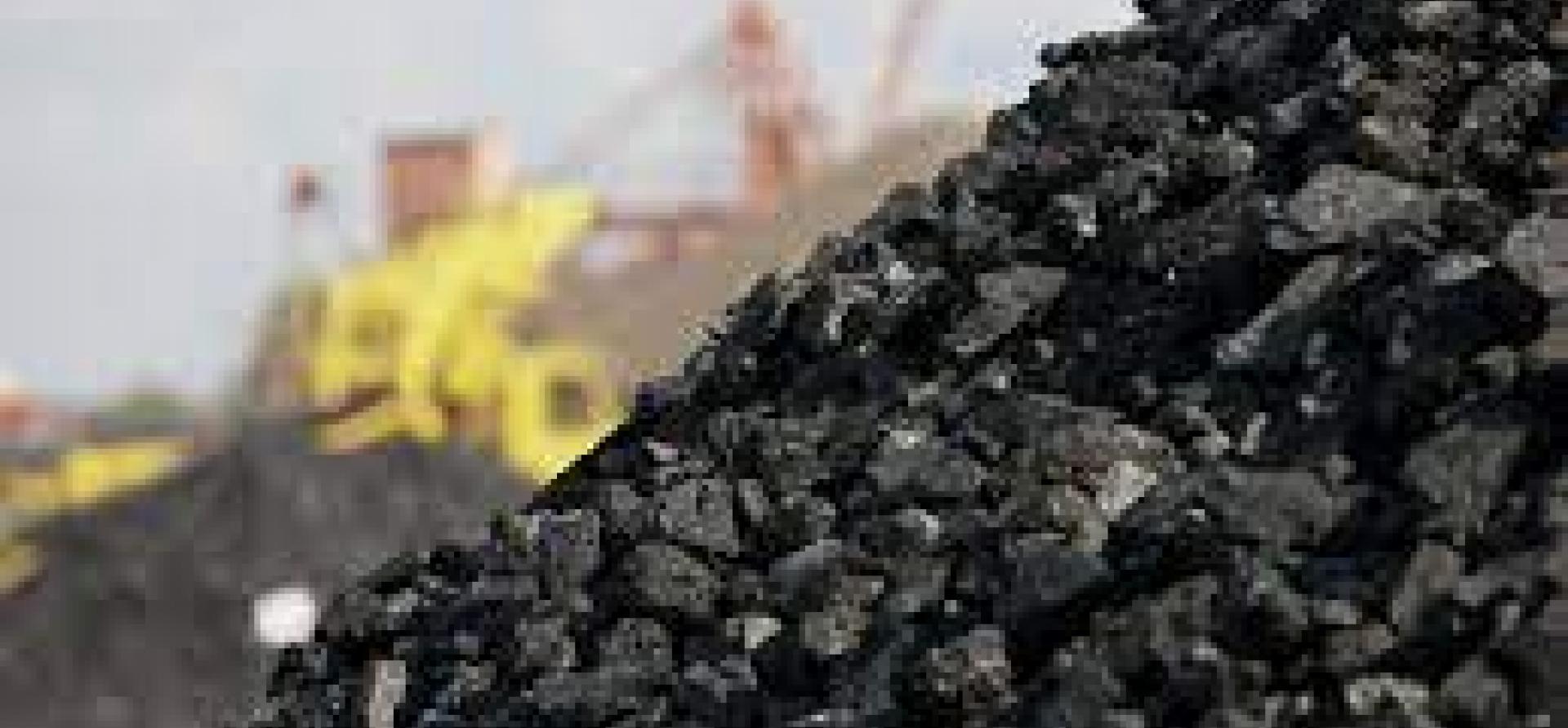Divestment vs sterilisation: What to do with BHP’s stranded coal assets
Download Full Report
View Press Release

Key Findings
Despite BHP’s departure from the World Coal Association lobby group in April 2018 signalling its intention to exit coal, BHP still retains two huge thermal coal exposures:
- The 100% owned 16-19 million tonnes per annum (Mtpa) Mt Arthur mine in New South Wales (NSW), Australia, and
- A 33.3% equity stake in the 25-30Mtpa Cerrejón mine in Columbia.
There is growing financial market pressure for BHP to deal with its thermal coal exposures in light of the growing stranded asset risk of high carbon emission assets, as well as financial institutions such as BlackRock pressing companies to act and find solutions for the increasingly pressing issue of a warming climate.
Executive Summary
In this report, we examine the recent financial performance of BHP’s two remaining thermal coal assets, noting that the halving of coal prices over the last two years has meant both units are now losing money with every tonne of coal they sell.
Both thermal coal assets have seen a serious erosion of viability and are on track to deliver an operating loss in 2019/20. If coal prices stay weak and operating losses continue or deteriorate further, the market will struggle to see any value in Mt Arthur, particularly net of unfunded rehabilitation liabilities.
We also examine the growing issue of open-cut coal mine site rehabilitation, required for both Mt Arthur and Cerrejón, and note the lack of transparency of this unfunded and growing financial liability that could possibly exceed the operating value of the assets, if honoured in full.
Further, we scrutinise the question of divestment, retention or sterilisation. Should BHP divest these businesses, retain and sterilise the assets and accept the responsibility of progressively managing the decline and clean-up over the coming two decades, or sterilise its exposure by spinning it off to existing shareholders (with a few unique twists as safeguards)?
















